New Delhi: In the 1962 India-China War, the Indian Army defended against China in all sectors except one — Arunachal Pradesh’s Walong. The Battle of Walong, which was launched 57 years ago, was the only counterattack India could manage in the war.
Outnumbered and with little ammunition and resources, the 6 Kumaon infantry battalion launched the counterattack — meant to stop an approaching enemy — between 14 and 16 November 1962.
The Indian troops held the Chinese back at Walong — India’s easternmost town, with close proximity to the Tibet region — for over 20 days.
However, the Army was asked to pull back after it could not sustain in the final leg of the battle.
For the war, Walong veteran Brigadier Kuldip Singh (retd) recalled at a recent media interaction, China had initially planned a full-fledged division as reserve for attacks on Tawang and Sela sectors, and just a regiment for Walong.
“But such was the resistance by the soldiers at Walong that China had to move the reserve division for Tawang to Walong,” he said.
Singh was from 4 Dogra, which was sent towards the latter half of the battle, to reinforce 6 Kumaon.
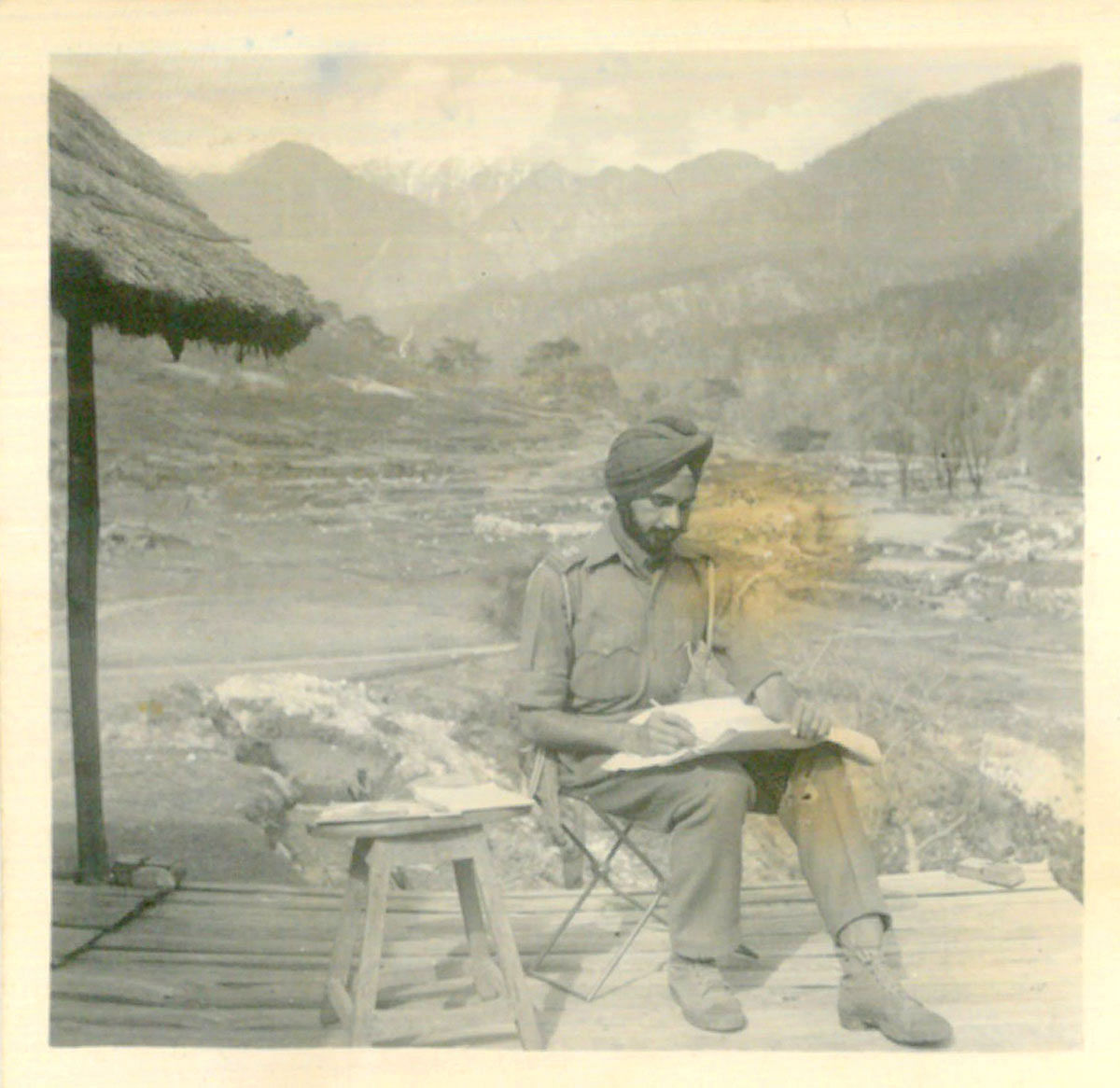
India suffered a crushing defeat in the 1962 border war with China. The Army has still not declassified the Henderson Brooks-Bhagat report on the reasons for its defeat.
Also read: 2 persistent myths about 1962 China war are intelligence failure & Nehru’s meddling
How the battle started
On 21 October 1962, the Chinese attacked the Dhola sector in Arunachal Pradesh’s Kameng Division and a post at Kibithu, 40 km away from Walong and located on the MacMohan line, Col N.N. Bhatia (retd), a veteran of 1965 and 1971 wars who has written about the Battle of Walong in his book Kumaoni Nostalgia!, told ThePrint.
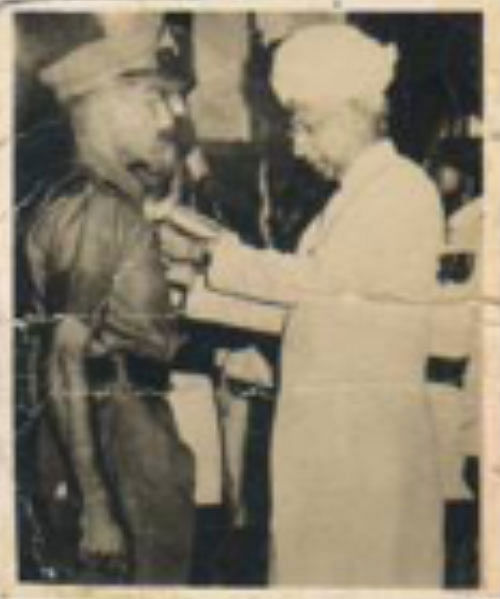
Walong’s tranquility was shattered the next day by Chinese machine guns and mortars fire from south of Sama, followed by infantry attacks on two platoons with over 300 soldiers. It started at around midnight and went on for three hours. At about 5 am, the Chinese reinforced their assaulting troops and launched another fierce attack.
“At that time, Lt Col C.N. Madiah (who was the CO) requested the government for an airstrike, but no permission was granted by the government for fear of escalation,” Bhatia said.
About 60-70 Chinese soldiers died in that attack and four Indian soldiers were killed, including Vir Chakra awardee Naik Bahadur Singh, who took over the light machine gun (LMG) after his LMG detachment was killed, and kept firing till he was hit in the chest.
In the days to follow, multiple such skirmishes and change in deployments took place, both from the Indian and the Chinese side.
Acknowledging that Kibithu could not be defended, 6 Kumaon was ordered to withdraw to Walong.
“On 23 October, another memorable incident that took place was that a company of the Army under Lt Bikram Singh was ordered to establish screen position on Ashi Hill duly reinforced with Medium Machine Guns (MMGs) and 3 inch Mortars. The wooden bridge on the Namti Nullah was demolished from our own side,” he said.
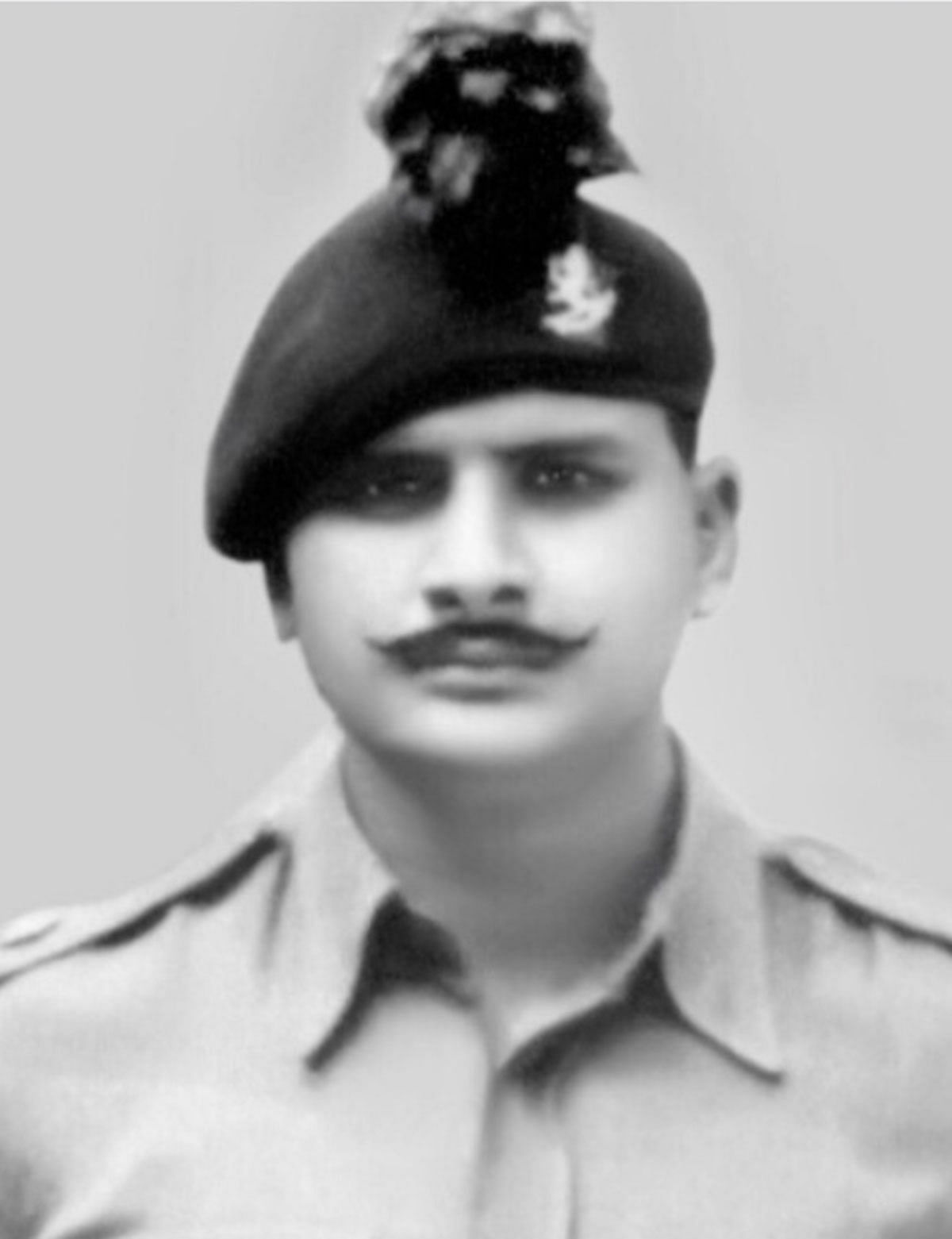
A screen position is taken to delay and mislead the enemy.
“There was a Namti Nullah over the Chu river with a wooden bridge and the Chinese had to cross that. Singh removed some planks from the wooden bridge, so the first Chinese soldier who crossed the bridge fell into the Nullah causing a commotion,” Bhatia said.
He added, “Due to poor visibility, the enemy was allowed to creep close and as their scout stepped on the spot where the bridge was blown, he fell headlong into the Nullah, alerting the Indian troops, leading them to fire heavily. The enemy was beaten back with over 200 killed/wounded for loss of three Kumaonis and six wounded,” he said.
There was a lull from 26 October onwards when the Chinese regrouped and carried out extensive patrolling of the areas.
On 5 November, there were multiple exchanges of fire between the Indian and the Chinese troops when a company under then Captain Ravi Mathur was asked to occupy Green Pimple and rescue an Assam Rifles patrol which was ambushed in the area.
Green Pimple is a tactically important hill feature between Kibithu and Walong.
“Unabated, major Chinese preparations to capture Walong were going on a hectic scale. Days later on 12 November, the enemy secured an area called Yellow Pimple, an attack on which was feasible from the ‘Tri Junction’,” said Bhatia.
The Tri-Junction in the Lohit valley lies at the north of Walong, with the West Ridge on the left and the hill features of Yellow Pimple and Green Pimple on the right, and the Lohit river flowing adjacent. Walong is divided by the Lohit river.
“Lt Col Madiah planned to disrupt enemy’s impending operations by attacking the feature from the Tri Junction, which was secured on 12 November by Adhoc Company commanded by Captain B.N. Singh,” he added.
Also read: Not China, 1962 war called India’s bluff
What happened between 14 and 16 November
The 6 Kumaon launched a counterattack on the Chinese on the morning of 14 November. They didn’t have any artillery fire support, but used the 3-inch mortars most effectively, Bhatia wrote in his book.
“Two companies launched the first phase of the attack, the Adhoc Company under Captain B.N. Singh and the B Company under command Major B.N. Sharma. The D Company was positioned at Green Pimple, and the C Company was kept as a reserve for the Tri Junction. After heavy firing between the troops, the Kumaonis under B.N. Singh was just 20 metres short of the objective,” Bhatia said.
However, the Indian troops could not sustain it further, as they suffered heavy casualties and had limited fire support. It was at this point that 4 Dogra was asked to reinforce positions at the ‘Tri Junction’.
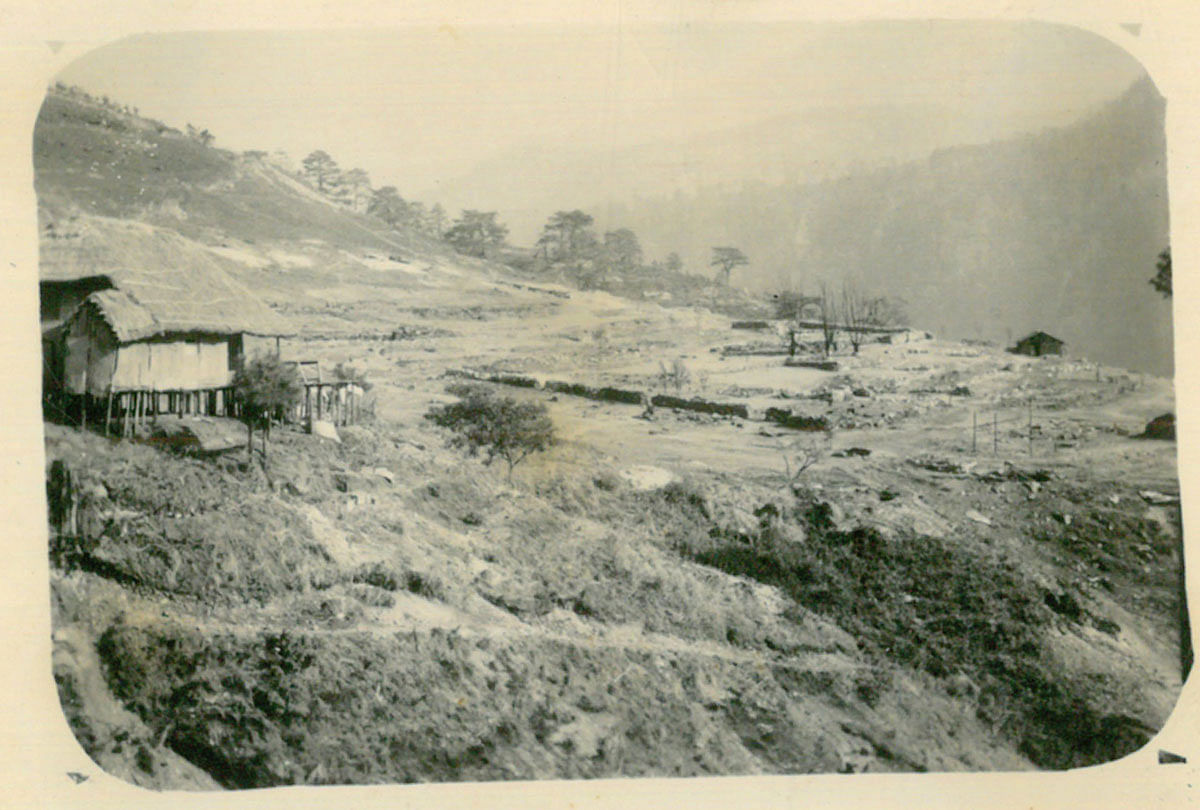
The next morning, 15 November, the Indian Air Force’s military aircraft Dakota dropped ammunition and supplies for the troops. But before 4 Dogra could reinforce 6 Kumaon, the Chinese troops reinforced themselves and counterattacked Tri Junction.
“With their huge strength and firepower, the Chinese prevailed and only 90 out of 200 Kumaoni troops could make it to the Battalion Headquarters at Tri Junction,” Bhatia said.
In the afternoon, the Chinese attacked the Tri Junction. Captain P.N. Bhatia, the adjutant of 6 Kumaon suffered heavy injuries along with second Lt A.S. Khatri but the enemy too suffered very heavy casualties, Bhatia wrote in his book.
Bhatia told ThePrint that only 33 jawans of 4 Dogra could manage to reinforce those left from 6 Kumaon, as the Tri Junction was surrounded by the enemy from all sides.
On the morning of 16 November, the final day of the battle, the Chinese launched another massive attack to capture Walong.
“The few tired and ill-equipped Indian troops left continued to fight. A helicopter tried to evacuate the casualties, but could not land because of poor weather conditions and an absence of suitable landing ground free from enemy fire,” Bhatia said.
“But the fate of Walong and 6 Kumaon was sealed as they were surrounded by two brigade strength of the Chinese. With no fresh troops to reinforce, it was impossible to hold on any longer. The remaining troops were ordered to withdraw,” he added.
Several Indian Army soldiers were taken as prisoners of war by the Chinese. The total number of Indian casualties was at 642, of which 404 were just from 6 Kumaon. The estimated casualties inflicted on the Chinese were much higher.
After the war, China vacated most of the territory it had captured, including Walong.
Also read: During 1962 war, Nehru was ‘quieter than usual, often in a reverie and sometimes trembling’
In his book Through Wars and Insurgency Diary of an Army Officer, Brigadier Kuldip Singh recalled his experience, “We endured the elements: strong winds, heavy rain, sun & snowfall. Our Angola shirt, jersey pullover, cotton trousers & rubber sole jungle boots were most inadequate to withstand the rigours. Often, we slept on wet forest floor with crawly, creepy creatures for company. Most of us carried wounds of varying degrees, we had not a morsel of food since the morning of 15 Nov.”
“Around the fifth day, we were ambushed by the Chinese when I lost our brave Sepoy Ran Singh, walking beside me. The remainder of the group escaped & we rushed to the higher reaches of mountains,” he wrote. “We would die fighting but would not give up in keeping with the izzat (honour) of the Paltan & family.”
The lessons
Brigadier Kuldip Singh said New Delhi definitely learnt a lesson as the Indian troops had to fight with little equipment against the heavily armed Chinese.
The policy was wrong which required the Indian Army to hold on to areas close to the border, Bhatia said.
“We were not prepared and 6 Kumaon was under different divisions and brigades and there was no cohesiveness,” he said, adding that the Army posts were more like police posts with little strength.
“The junior leadership was excellent, but if we had the equipment and if our roads and infrastructure was as good as the Chinese, the situation would have been different,” he said.
In January 1963, the Time magazine wrote of the Indian troops who fought the Battle of Walong: “At Walong, Indian troops lacked everything. The only thing they did not lack was guts.”
Also read: 56 years later, China can still choke Indian troops the way it did in 1962


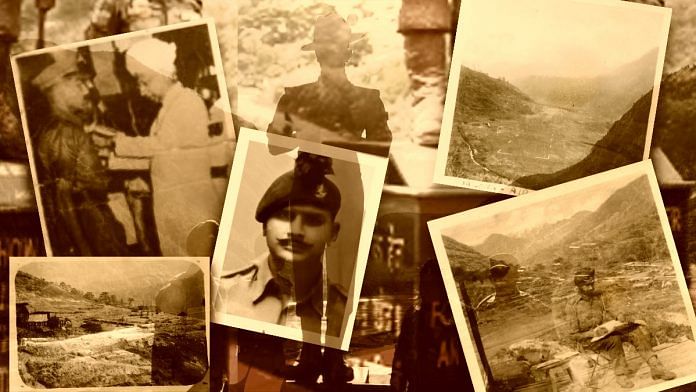

Please respect history, don’t talk nonsense.
I have been to that sector and helped collecting the remnants and gory memories of the battle. It was difficult to reach there in 1998, I can imagine what the state of communication had been in 1962. Our valiant soldiers fought to the end. Villagers tell stories of their superhuman deeds.
It’s an open secret that Nehru didn’t like or trust the army. It was even rumoured that he’d questioned the very need for India having an army, saying India only needed a police force. Hence, one can understand why the army was so totally under-equipped and unprepared for action in 1962….everyone knows who’s ultimately responsible for the ’62 fiasco, and then some.
If only CHAACHAA ( TREMBLING WAS HE ?) was not there we Indians would have defeated Chinks. China won because they did not have a Chaaachaaa at the helm
My salutes to the braves defending the Country. Vandemataram
Though I am a veteran of another generation, the 1962 Indo-China war has left a deep wound on the psyche of the Indian Army. It has left a lasting lesson for the Govts and the country how not to enter into a war with your neighbour without properly equipping yourselves. The Indian Army doesn’t lack TRG, grit and commitment. But without adequate arms, ammunition, artillery and air support, no army can survive a superior enemy. 1962 will never get repeated, since the govt woke up to the fact that if we have to protect our borders, then a strong Armed Forces is absolutely necessary. Jai Hind.